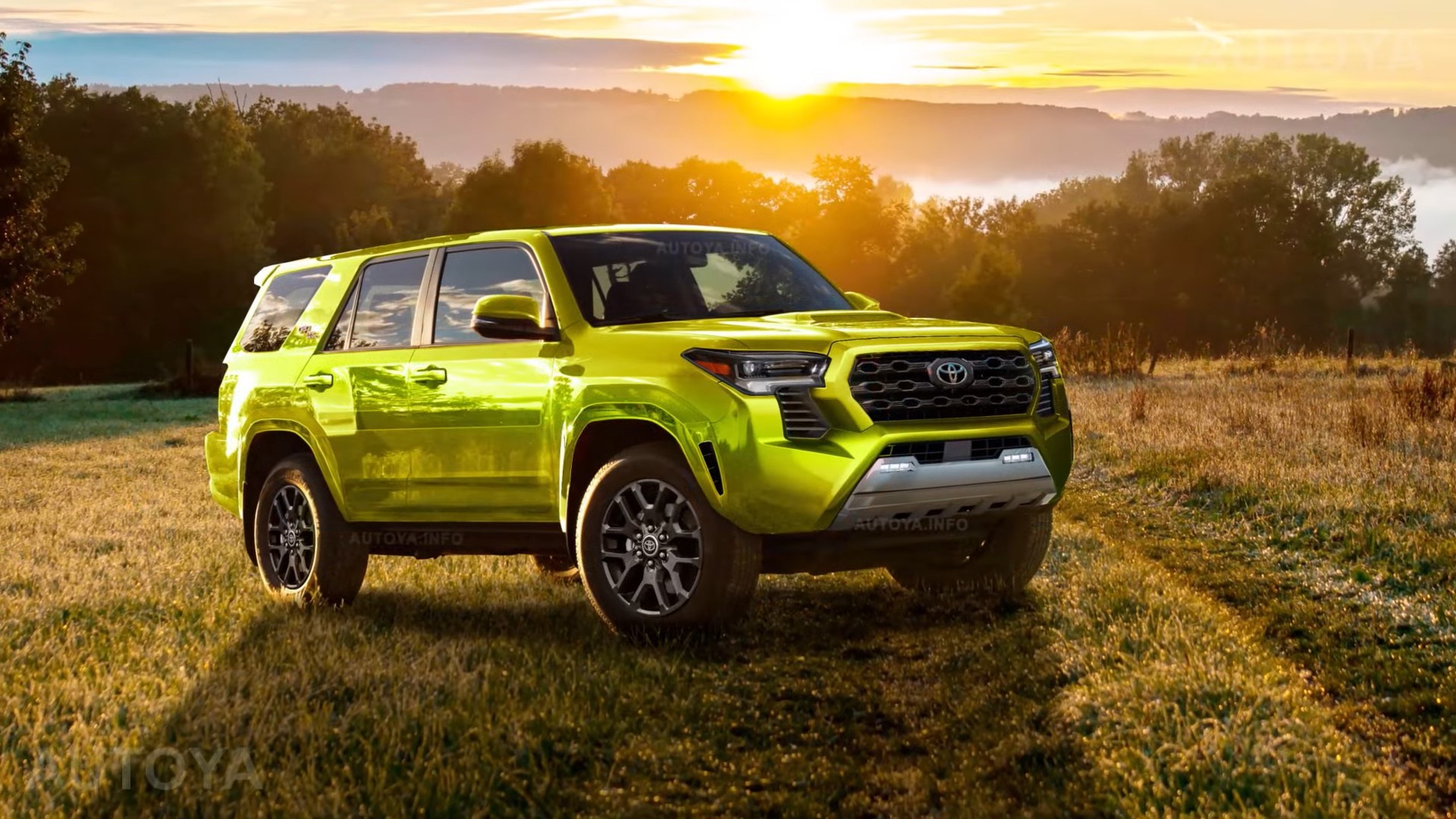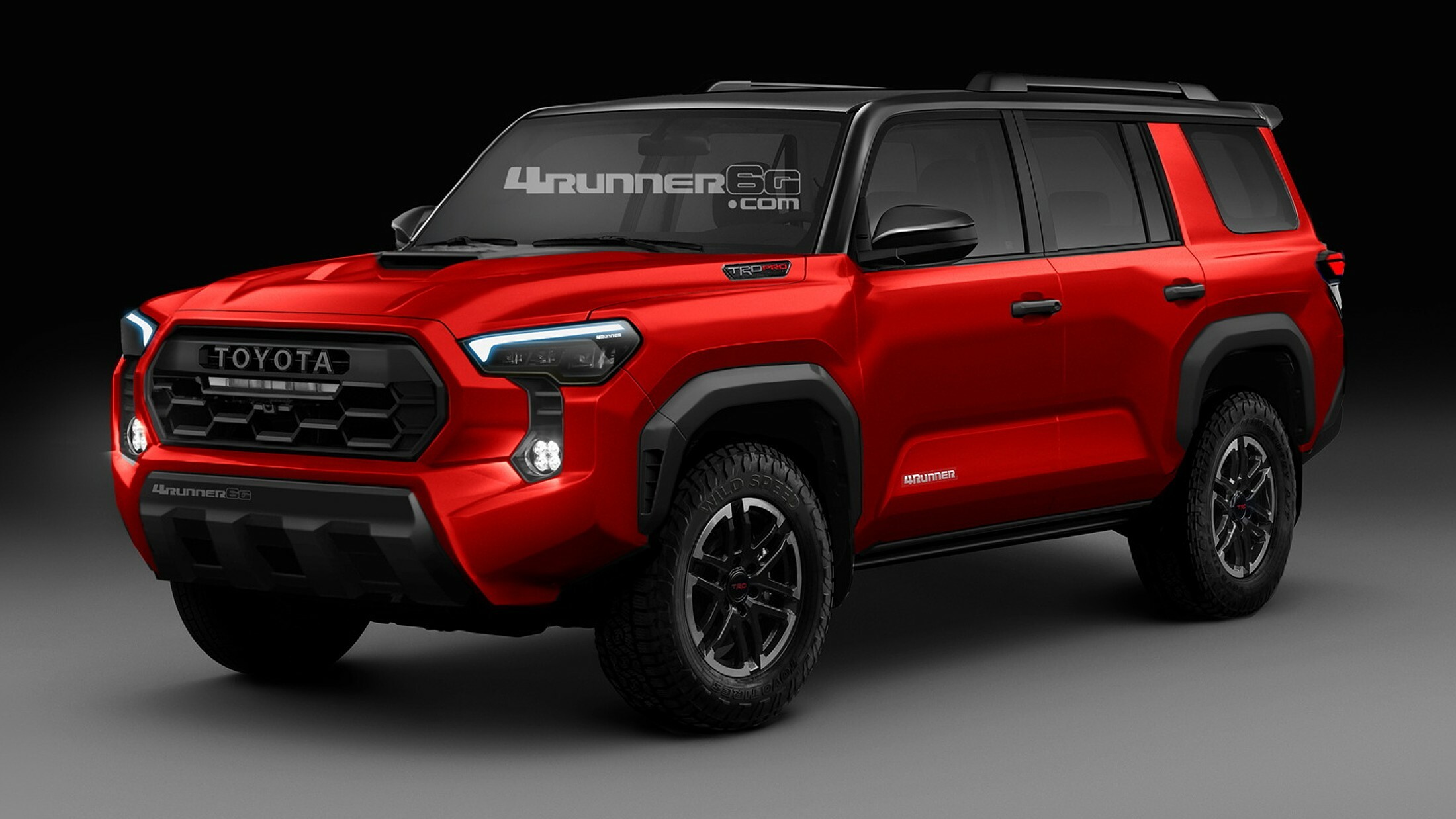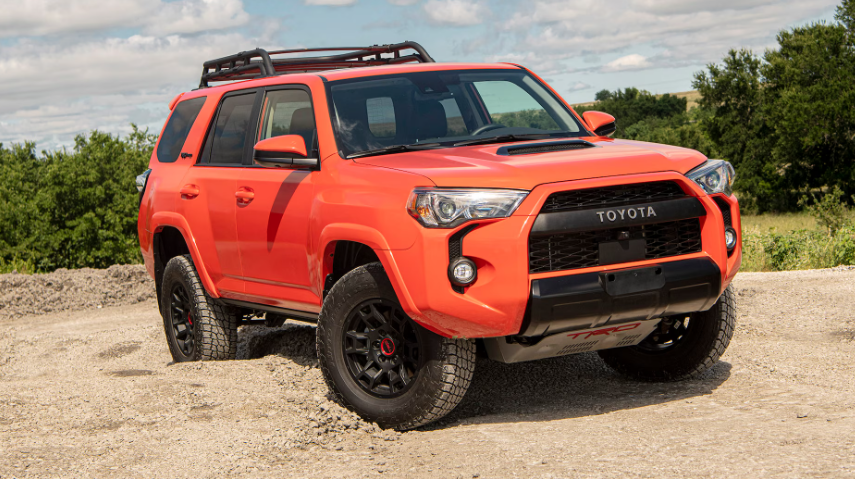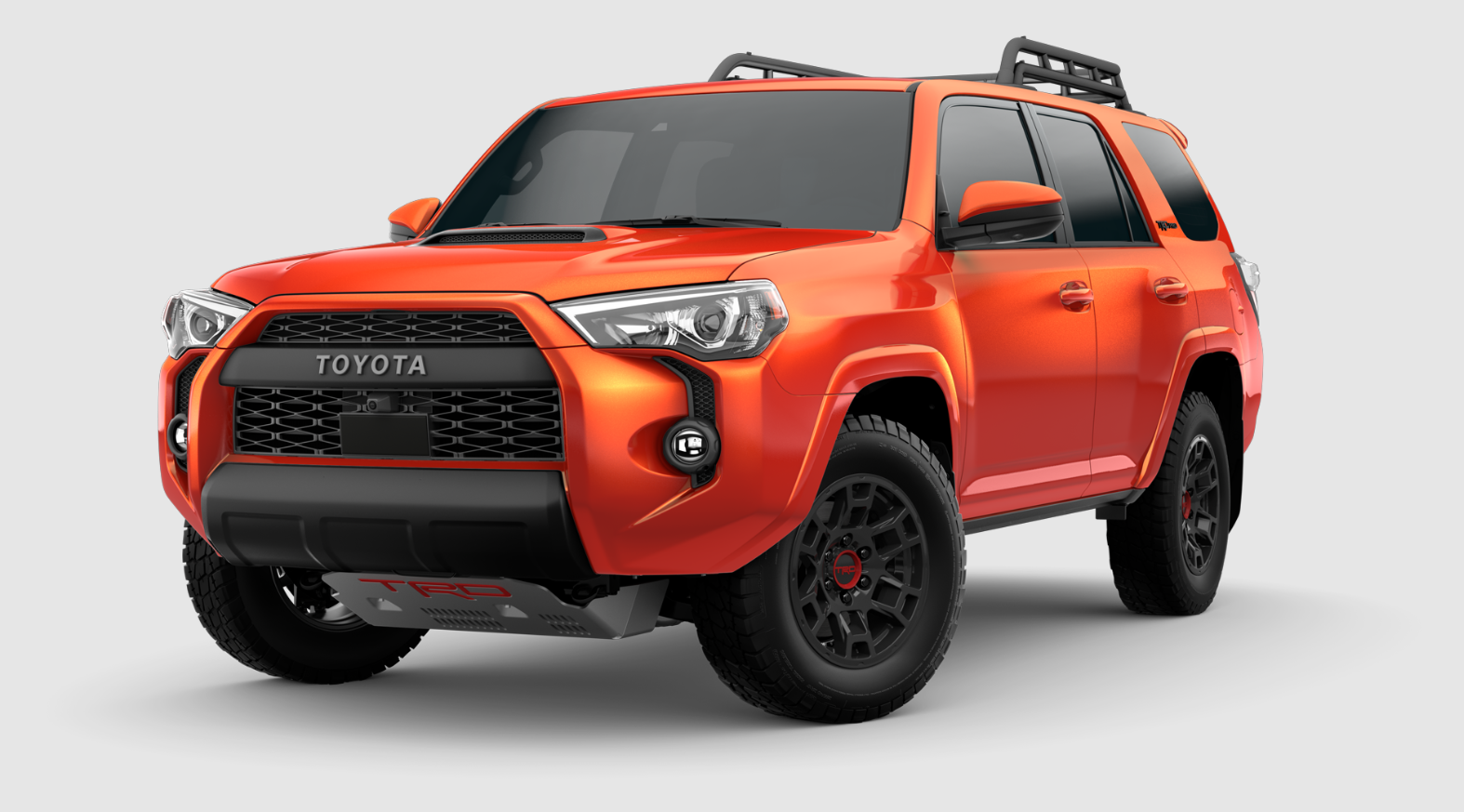The 2025 Toyota 4Runner: A Deeper Look into its Weight Capacity
Related Articles: The 2025 Toyota 4Runner: A Deeper Look into its Weight Capacity
Introduction
With great pleasure, we will explore the intriguing topic related to The 2025 Toyota 4Runner: A Deeper Look into its Weight Capacity. Let’s weave interesting information and offer fresh perspectives to the readers.
Table of Content
The 2025 Toyota 4Runner: A Deeper Look into its Weight Capacity

The Toyota 4Runner, a beloved SUV known for its ruggedness and off-road prowess, is anticipated to receive a refresh in 2025. While specific details remain under wraps, speculation surrounding its Gross Vehicle Weight Rating (GVWR) is a topic of considerable interest. This metric, often overlooked by casual car buyers, plays a crucial role in determining the vehicle’s overall capability and safety.
Understanding GVWR: A Cornerstone of Vehicle Capability
GVWR represents the maximum permissible weight of a vehicle, including its curb weight, passengers, cargo, and any accessories. Exceeding this limit can lead to a multitude of issues, ranging from compromised handling and braking to tire failure and potential damage to the vehicle’s suspension and frame.
Factors Influencing the 2025 Toyota 4Runner’s GVWR
Several factors will influence the 2025 4Runner’s GVWR, including:
- Engine and Drivetrain: A more powerful engine or a heavier drivetrain, such as a hybrid system, could increase the vehicle’s overall weight, potentially impacting its GVWR.
- Body Structure and Materials: Changes in the 4Runner’s body structure, such as the use of lighter materials like aluminum, could affect its curb weight and, subsequently, its GVWR.
- Suspension and Axle Configuration: Modifications to the suspension system, including the use of heavier axles or a different wheelbase, could influence the vehicle’s load-carrying capacity and thus its GVWR.
- Safety Features and Technology: Enhanced safety features, such as advanced driver-assistance systems (ADAS), can add weight to the vehicle, potentially requiring an adjustment to the GVWR.
The Importance of GVWR: A Matter of Safety and Performance
Understanding and respecting a vehicle’s GVWR is paramount for safe and reliable operation. Exceeding this limit can:
- Compromise Handling and Braking: A heavier vehicle will require more effort to stop and maneuver, increasing the risk of accidents.
- Increase Tire Wear and Failure: Overloading tires can lead to premature wear and even failure, potentially resulting in a dangerous loss of control.
- Damage Suspension and Frame: Excessive weight can stress the vehicle’s suspension and frame, leading to premature wear and potential failure.
- Reduce Fuel Efficiency: A heavier vehicle requires more power to move, resulting in lower fuel efficiency.
The 2025 Toyota 4Runner’s GVWR: Speculation and Implications
While the official GVWR for the 2025 4Runner remains unknown, it is reasonable to expect a slight increase compared to the current model. This could be attributed to potential upgrades in engine technology, safety features, and other weight-adding enhancements.
FAQs Regarding 2025 Toyota 4Runner GVWR
Q: How can I find the GVWR of my 2025 Toyota 4Runner?
A: The GVWR is typically located on a sticker attached to the driver’s side doorjamb or the inside of the glove compartment. Consult your owner’s manual for the exact location.
Q: What happens if I exceed the GVWR of my 2025 Toyota 4Runner?
A: Exceeding the GVWR can lead to a variety of issues, including compromised handling, increased tire wear, suspension damage, and reduced fuel efficiency. It can also void your vehicle’s warranty.
Q: Can I modify my 2025 Toyota 4Runner to increase its GVWR?
A: Modifying a vehicle to increase its GVWR is generally not recommended and may not be legal in all jurisdictions. Consult with a qualified professional before making any modifications.
Tips for Ensuring Safe Weight Distribution
- Distribute Weight Evenly: Avoid overloading one side of the vehicle, as this can affect handling and stability.
- Check Weight Before Loading: Use a scale to weigh your cargo and ensure it does not exceed the vehicle’s payload capacity.
- Consider Roof Racks: If you need to carry additional cargo, consider using a roof rack to distribute the weight more evenly.
- Avoid Overloading: Always leave some margin of safety when loading your vehicle.
Conclusion
The GVWR of the 2025 Toyota 4Runner, while not yet officially announced, will be a crucial factor in determining its overall capability and safety. Understanding this metric and its implications is vital for responsible vehicle operation. By adhering to the recommended weight limits and practicing safe loading techniques, owners can ensure the longevity and reliability of their 4Runner, while enjoying its legendary off-road prowess and versatility.








Closure
Thus, we hope this article has provided valuable insights into The 2025 Toyota 4Runner: A Deeper Look into its Weight Capacity. We thank you for taking the time to read this article. See you in our next article!
